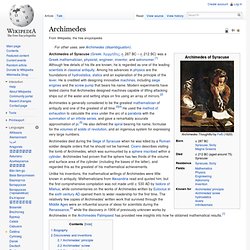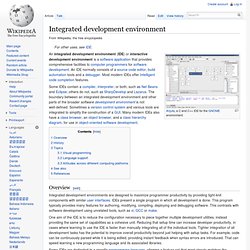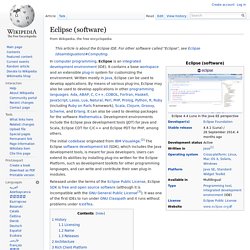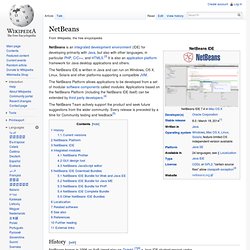

Archimedes. Archimedes of Syracuse (Greek: Ἀρχιμήδης; c. 287 BC – c. 212 BC) was a Greek mathematician, physicist, engineer, inventor, and astronomer.[1] Although few details of his life are known, he is regarded as one of the leading scientists in classical antiquity.

Among his advances in physics are the foundations of hydrostatics, statics and an explanation of the principle of the lever. He is credited with designing innovative machines, including siege engines and the screw pump that bears his name. Modern experiments have tested claims that Archimedes designed machines capable of lifting attacking ships out of the water and setting ships on fire using an array of mirrors.[2] Unlike his inventions, the mathematical writings of Archimedes were little known in antiquity.
Biography Archimedes was born c. 287 BC in the seaport city of Syracuse, Sicily, at that time a self-governing colony in Magna Graecia, located along the coast of Southern Italy. Discoveries and inventions Archimedes' principle. Integrated development environment. An integrated development environment (IDE) or interactive development environment is a software application that provides comprehensive facilities to computer programmers for software development.

An IDE normally consists of a source code editor, build automation tools and a debugger. Most modern IDEs offer Intelligent code completion features. Overview[edit] One aim of the IDE is to reduce the configuration necessary to piece together multiple development utilities, instead providing the same set of capabilities as a cohesive unit. Reducing that setup time can increase developer productivity, in cases where learning to use the IDE is faster than manually integrating all of the individual tools. While most modern IDEs are graphical, text-based IDEs such as Turbo Pascal were in popular use before the widespread availability of windowing systems like Microsoft Windows and the X Window System (X11).
History[edit] IDEs initially became possible when developing via a console or terminal. Eclipse (software) The initial codebase originated from IBM VisualAge.[2] The Eclipse software development kit (SDK), which includes the Java development tools, is meant for Java developers.

Users can extend its abilities by installing plug-ins written for the Eclipse Platform, such as development toolkits for other programming languages, and can write and contribute their own plug-in modules. Released under the terms of the Eclipse Public License, Eclipse SDK is free and open source software (although it is incompatible with the GNU General Public License[3]). It was one of the first IDEs to run under GNU Classpath and it runs without problems under IcedTea. Eclipse began as a Smart Canada project. Eclipse 3.0 (released on 21 June 2004) selected the OSGi Service Platform specifications as the runtime architecture.[8] The Association for Computing Machinery recognized Eclipse with the 2011 ACM Software Systems Award on 26 April 2012.[9] Legend: Old version Older version, still supported Latest version.
Eclipse - The Eclipse Foundation open source community website. NetBeans. The NetBeans IDE is written in Java and can run on Windows, OS X, Linux, Solaris and other platforms supporting a compatible JVM.

The NetBeans Platform allows applications to be developed from a set of modular software components called modules. Applications based on the NetBeans Platform (including the NetBeans IDE itself) can be extended by third party developers.[4] The NetBeans Team actively support the product and seek future suggestions from the wider community. Every release is preceded by a time for Community testing and feedback[5] History[edit] NetBeans IDE Releases[6] NetBeans began in 1996 as Xelfi (word play on Delphi),[7][8] a Java IDE student project under the guidance of the Faculty of Mathematics and Physics at Charles University in Prague.
Current versions[edit] NetBeans IDE 6.5, released in November 2008, extended the existing Java EE features (including Java Persistence support, EJB 3 and JAX-WS). NetBeans IDE 7.0 was released in April 2011. NetBeans Platform[edit] Welcome to NetBeans.